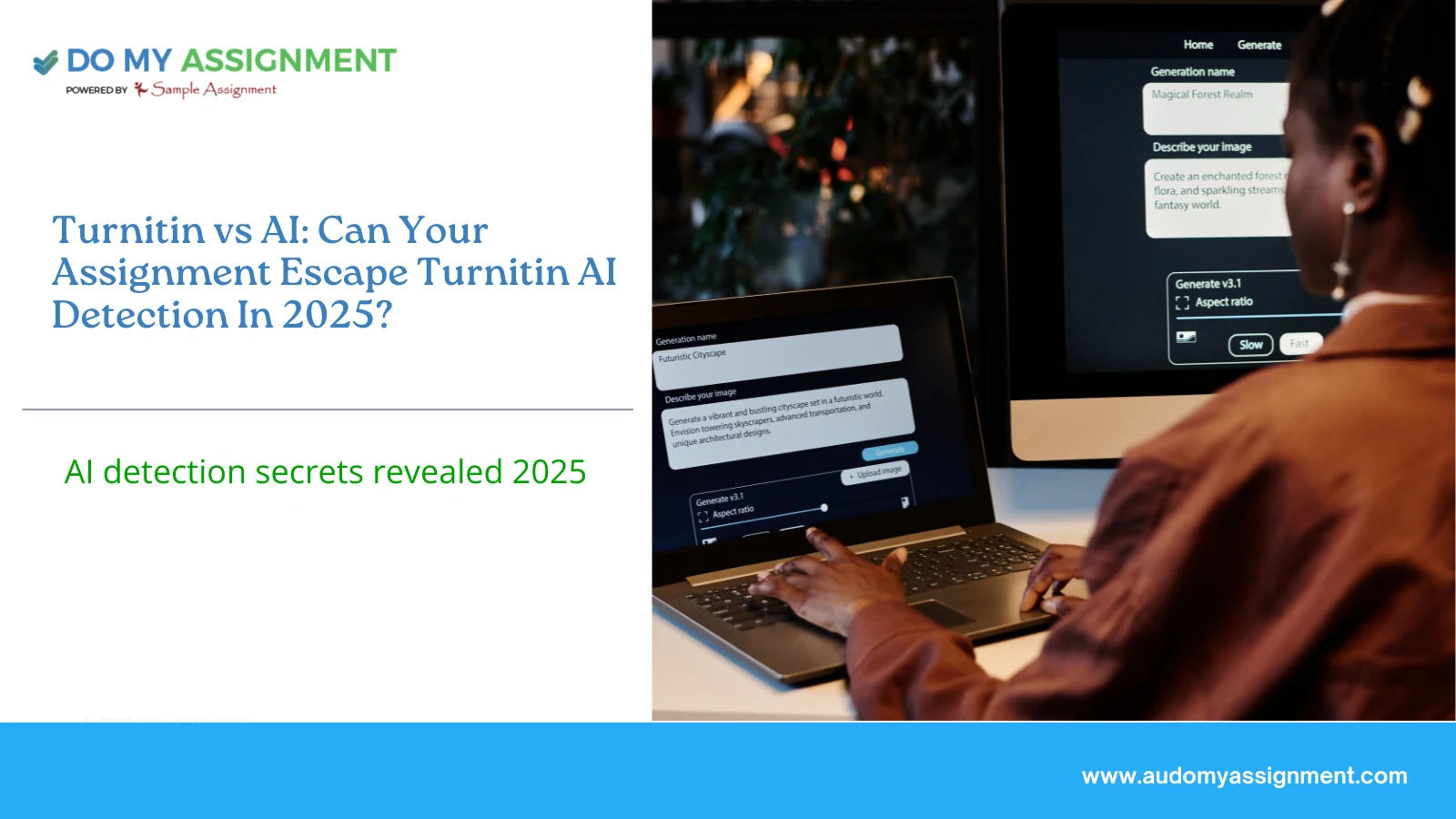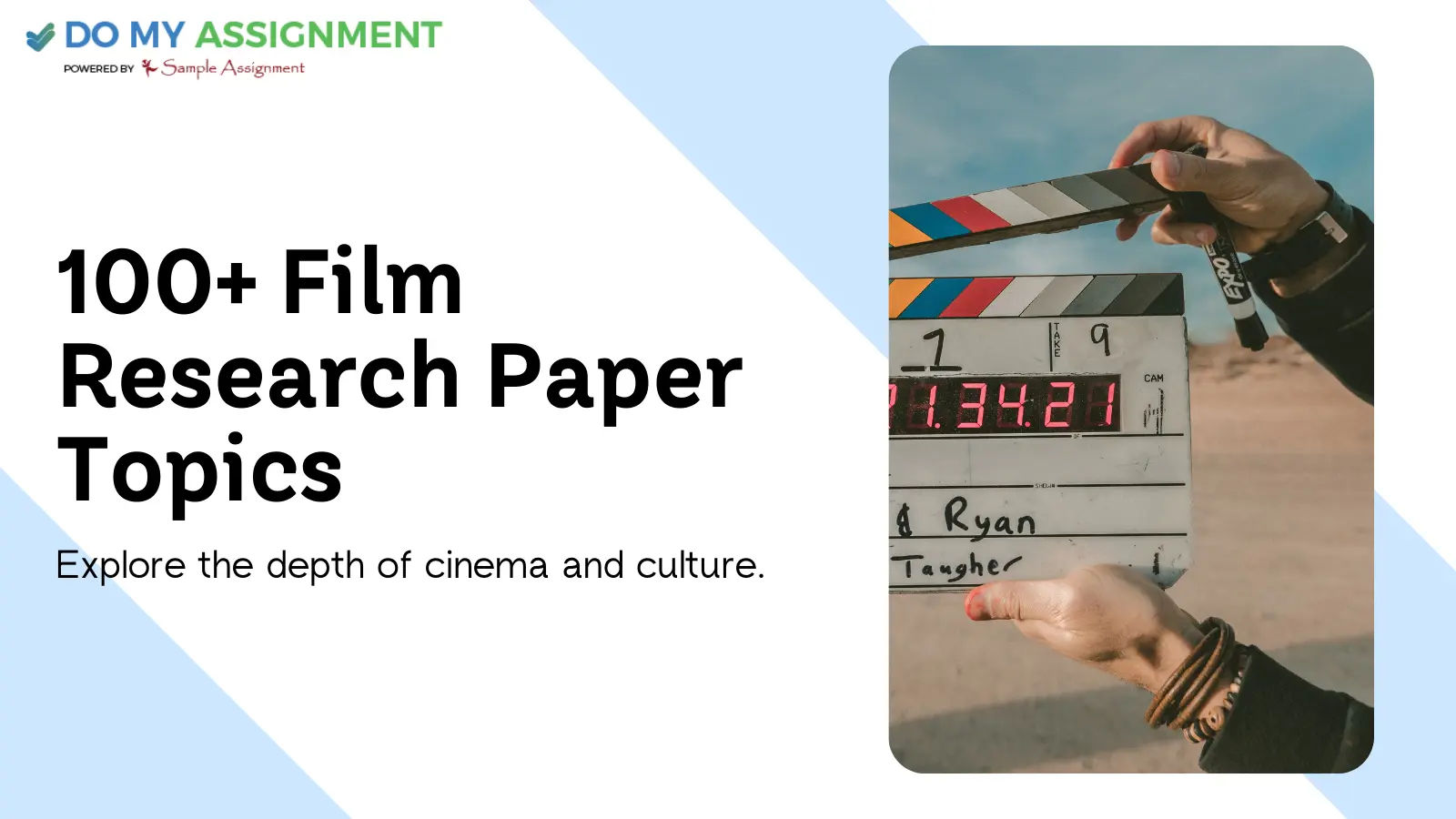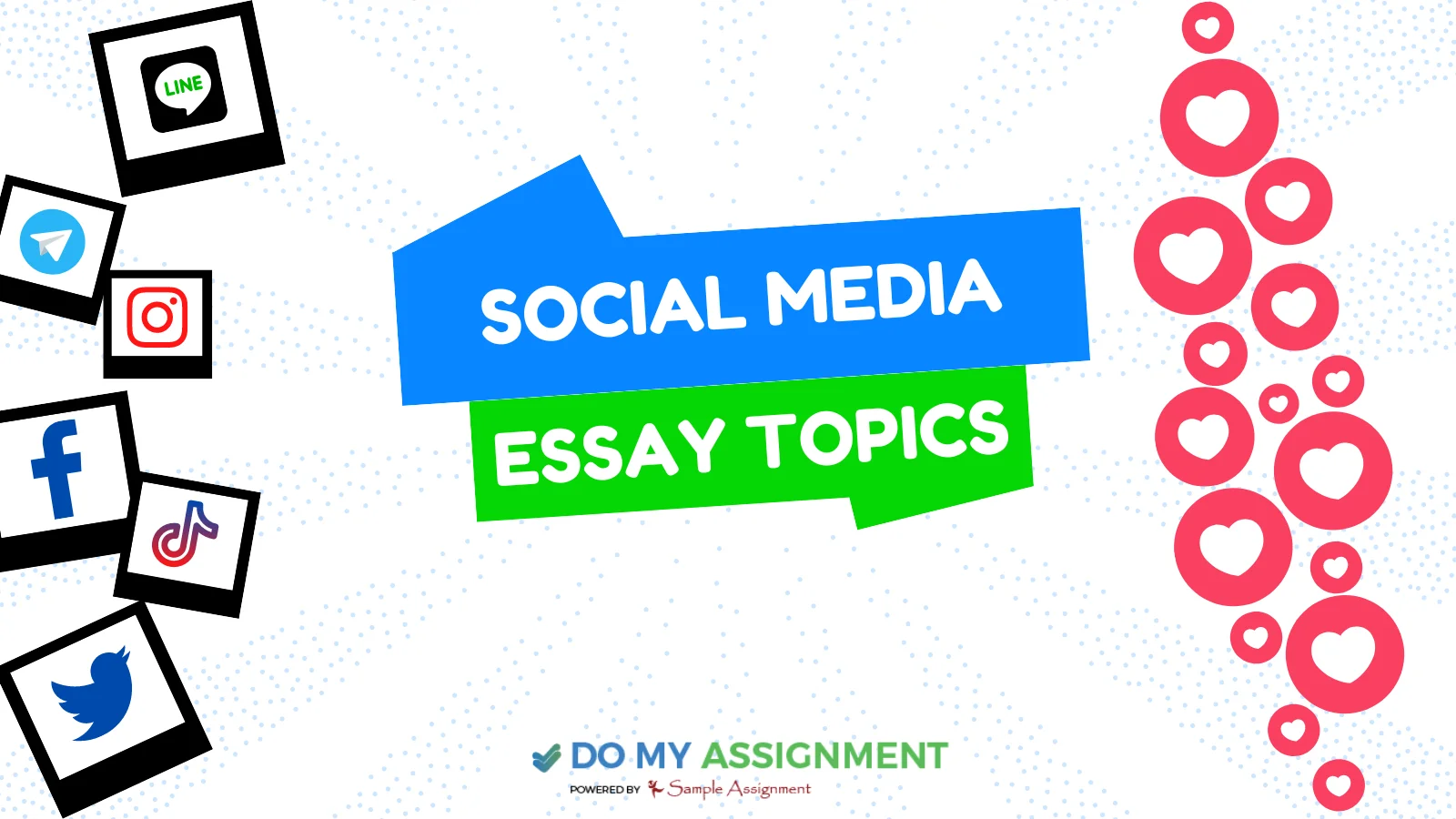Turnitin vs AI: Can Your Assignment Escape Turnitin AI Detection In 2025?

Highlights
 Understanding Turnitin: The Role of Turnitin in AI Content Detection
Understanding Turnitin: The Role of Turnitin in AI Content Detection How Turnitin AI Detection Works?
How Turnitin AI Detection Works? How Accurate Is Turnitin AI Detection?
How Accurate Is Turnitin AI Detection? Common Myths About Turnitin and AI
Common Myths About Turnitin and AI Can I ethically use AI in Academic Writing?
Can I ethically use AI in Academic Writing? Alternative AI Writing Detection Tools
Alternative AI Writing Detection Tools Tips That Will Help You Maintain Academic Integrity
Tips That Will Help You Maintain Academic Integrity Conclusion
Conclusion
It would be an understatement to say that generative AI has taken the world by storm. People use generative AI for a lot of reasons; however, it is mostly used for content generation. As you can already tell, this new technology is being used by students to cut corners and easily generate content for their homework and coursework. This has caused significant worry among teachers, as they fear that soon, AI will entirely replace students’ creativity and reasoning skills as they continue to rely on AI tools to write their assignments. However, there is a way teachers can see whether students have used AI-generated content in their homework assignments or not. There are several AI content detection tools available on the market; however, Turnitin is the most widely used among the bunch. In this blog, we will learn about Turnitin AI detection and how you can learn to use AI ethically in academic writing without worrying about AI writing detection.
Understanding Turnitin: The Role of Turnitin in AI Content Detection
Let’s start with Turnitin and its origins. It was launched during the late 1990s as part of an effort to combat internet plagiarism. Its primary purpose was plagiarism detection, and it still is. It did so by comparing a student’s paper against three large databases, namely the internet, published academic literature, and a repository of millions of submitted student papers.
Eventually, Turnitin had to update itself to remain relevant in the 2020s, as it now focuses on AI content detection as well. The reason Turnitin devised a model to detect AI-generated text is because of how eerily unique AI text is. This often leads to clearly plagiarized text getting a 0% similarity score, which is a clear problem for academic integrity.
How Turnitin AI Detection Works?
Turnitin’s AI writing detection works significantly differently from its traditional plagiarism checker. Turnitin uses advanced statistical and linguistic analysis to determine the probability of the text being AI-generated. The supposed AI-generated text will be marked with a blue color. Let us see how Turnitin AI detection works in detail.
Perplexity (Predictability Analysis)
This is the core of LLM detection. Perplexity measures how predictable or cliché a sequence of words in a sentence is. AI writing tends to be too perfect and predictable, whereas human writing has a flavor of randomness.
Burstiness (Structural Uniformity)
Burstiness analyzes the rhythm and structure of the writing across the entire document. AI produces paragraphs of uniform length, even the sentences seem to be of equal length. Human writing, on the other hand, is more random and unstructured.
Deep Feature Extraction (LLM Fingerprinting)
This layer is the most complicated, as it looks for details that are consistent across different AI models. Essentially, Turnitin AI detection picks up on things like token usage, semantic structure, syntactic preferences, etc., as a way to identify that a text was generated by a specific LLM.
The Segmented Analysis Approach
In the end, Turnitin breaks down the text into blocks and analyzes each segment independently. After it is done, Turnitin will give you a statistical likelihood of the text being AI-generated, not a guaranteed measure.
How Accurate Is Turnitin AI Detection?
Interestingly, Turnitin is not exactly very reliable in a lot of cases. Many users have complained that it often gives wrong reports from time to time. You can upload a completely fine document written by a human, and it will find AI-generated content in it for some reason. Let’s take a look at Turnitin AI detection accuracy and determine whether it is still a reliable AI writing detection tool in 2025.
Turnitin’s Claimed Accuracy Rate
Turnitin claims a high accuracy rate as it seeks to eliminate false positives. It also says that the likelihood of an actual student-written paper having a high AI score is low, and the Turnitin similarity reports would show true positive results for an actual human-written paper.
The Modification Gap
One thing that concerns many Turnitin users is that AI detection can be easily overcome with simple modifications. Paraphrasing AI content will simply make the AI score disappear. Similarly, hybrid submissions, minor revisions, and randomising sentences can affect the AI detection accuracy of Turnitin.
The Academic Integrity Policy Challenge
Perhaps the biggest debacle with Turnitin AI detection is that it provides a confidence score instead of a solidified metric. A Turnitin similarity report with a high AI score is not necessarily a sign of complete AI-generated content. This is also why a lot of people don’t trust Turnitin’s accuracy.
Common Myths About Turnitin and AI
Over the past decades, a lot of myths surrounding Turnitin and ChatGPT assignment detection have emerged. In this section, we will try to dissipate some of the common misconceptions surrounding Turnitin AI detection that end up doing more harm than good.
Turnitin is a Plagiarism Detector for AI
Turnitin’s AI detector is not the same as a plagiarism checker. It just gives a probability of the text being AI-generated, unlike the plagiarism detection tool, which gives an accurate estimate of the rate of plagiarism.
Changing a Few Words Will Bypass AI Writing Detection
Changing a few words around in an AI-generated text will not bypass AI. That’s because it would still have the predictability and uniformity that AI content normally has.
Using a new or unknown LLM is undetectable
Although Turnitin is trained on models like GPT-3, its detection will be able to detect the general patterns that are consistent across all LLMs.
A low score guarantees the work is human
The score that you see in Turnitin similarity reports is not a statement carved in rock; it is simply a prediction of sorts. A student can easily bypass Turnitin AI detection by using an AI humanizer tool to paraphrase AI text and even that can get a 0% confidence score.
Turnitin can accurately tell me which model wrote the paper
Turnitin will be able to detect the probability of AI-generated text being used in a paper but it won’t specify the name of the LLM used to generate the text. It can detect the style of the LLMs but not the source.
Can I ethically use AI in Academic Writing?
While most people would say that using generative AI in your assignments will make you guilty of unethical academic practices, it’s not entirely true. You see, using AI in academic writing is possible, and you can even maintain academic integrity like never before if you know how to use it wisely. Here is how you can ensure responsible AI use in assignments.
Know Your Institution’s Policy
There are three levels of permissibility that AI has in most Australian institutions. These being ‘prohibited’ (strictly forbidden), ‘permitted with citation’ (you can use AI but you have to cite the tool used) and ‘permitted without citation.’ (no holds barred, use AI as you see fit) If there are no guidelines for permissibility, then assume that it is forbidden.
Use AI as a Productivity Tool
You can technically use AI not as a cheap way to generate text but as a tool that helps you generate ideas. It is completely fine to use AI as a brainstorming tool, so you can do that without violating academic integrity.
The Test of Intellectual Contribution
The main question here is whether you can contribute to the growth of the body of knowledge or not. Think about this, if AI-generated text is to be removed, would the main point disappear? Or can you defend every claim made in the paper without referencing AI word to word? If you can, then it’s a perfectly fine use of AI in academic writing.
Alternative AI Writing Detection Tools
Luckily for you, Turnitin is not the only AI tool there is. There are tons of different tools that you can use to detect AI-generated text in your assignments. As you can already guess, these tools can help you detect plagiarism as well. Here are some alternate AI content detection tools that you can use.
GPTZero
It is commonly preferred by teachers. It mostly focuses on perplexity and burstiness but provides a more detailed visualization of why a text is flagged.
CopyLeaks
CopyLeaks is known for combining traditional plagiarism detection with AI writing detection across 30 languages. It’s mostly known for its ability to scan documents to find various types of academic misconduct in one service only.
ZeroGPT
It is a free, web-based tool that uses similar statistical techniques to give an estimate of the likelihood of text being AI-generated. Although it is free, it also has a tendency to give too many false positives, making it unreliable for academic purposes.
AI-Powered Paraphrasing Detectors
There are several other tools that you can find on the internet that not only help in AI content detection but also in paraphrasing AI content.
Tips That Will Help You Maintain Academic Integrity
In an age where AI can generate text in an instant, maintaining academic integrity has become significantly harder, even if you don’t use AI in your work. That’s because the expectations for what’s academically correct or incorrect have increased, which is a problem. Here are some tips for responsible AI use in assignments that will help you maintain academic integrity.
Focus on the process, not the product
Instead of using AI to generate text, you can use AI to create outlines and generate ideas. Your main focus should be on analysis, synthesis, and interpretation, which are functions that AI cannot perform.. If you are unsure about synthesizing and analyzing information for your project, then there is no harm in getting assignment help online.
Introduce your ‘Fingerprint’
AI cannot add a personal touch to its content, which is why it is important that you add a strong hint of personality in your tone. This will improve the burstiness and increase the unpredictability of your content.
Citing the Tool
If your college or school permits using AI in assignments, then do cite the tool that you used in your work. Also make sure that you state the exact prompt you used and detail the AI use process in the footnotes.
Master the assignment’s unique constraints
If possible, you can try to base your analysis on a source that the AI cannot access. These would be recent lectures, specific class readings, proprietary survey data, or a unique field observation you conducted.
Be ready for follow-up questions
Lastly, prepare to defend your work if your professor flags it for a violation of academic integrity. If you cannot explain your own reasoning without referencing what the AI said, then you’re going to lose marks for academic dishonesty.
Conclusion
In conclusion, we can say that Turnitin is one of the most well-known and trusted AI writing detection services in the world. However, it clearly has its fair share of problems. Despite the overwhelming presence of alternatives in the market, Turnitin AI detection still remains the top choice for many people and institutions. If you want an assignment that does not violate academic integrity and is not easily detectable by Turnitin or other AI detection tools, then the experts at Do My Assignment will give you an assignment that is 100% plagiarism-free and AI-free!
Nick Johnson
Nick is a multi-faceted individual with diverse interests. I love teaching young students through coaching or writing who always gathered praise for a sharp calculative mind. I own a positive outlook towards life and also give motivational speeches for young kids and college students.







